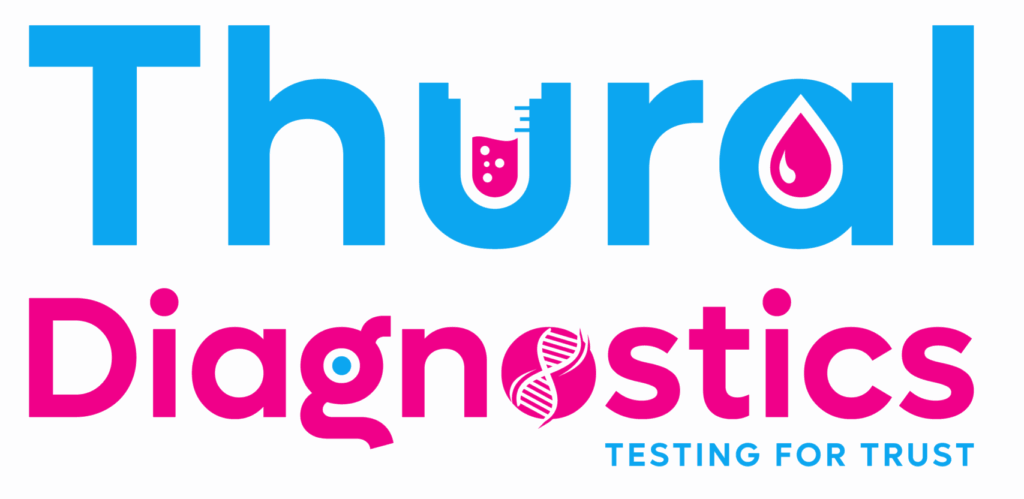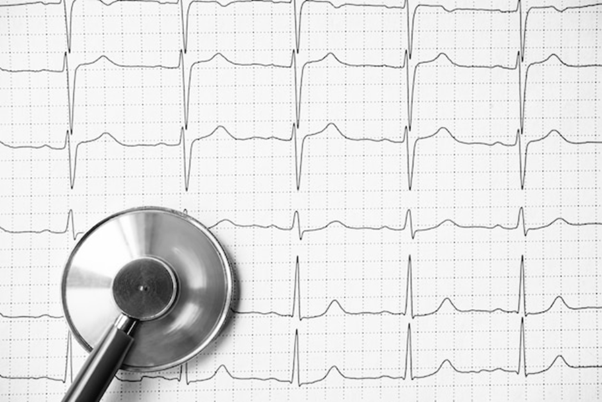Understanding an ECG reading can seem tricky. For those interested in heart health, knowing the basics of ECG readings helps. The goal here is to make sense of these patterns. This improves heart health awareness and encourages better talks with your healthcare providers.
What is an ECG and Its Significance?
An ECG, or electrocardiogram, records the heart’s electrical impulses. These electrical signals help doctors monitor how your heart is functioning. ECG readings play a crucial role in spotting heart issues early. Catching potential problems early means better treatment and healthier living. This empowers patients, giving them more control over their health journey through informed decisions.
Mastering ECG Basics: A Step-by-Step Guide
Breaking down an ECG reading involves understanding its components. These include the P wave, QRS complex, and T wave. These parts show different phases of the heartbeat. Learning to read them can be simple. Here’s a five-step guide for beginners:
- Identify the Heart Rate: Count the number of beats per minute.
- Check the Rhythm: Look for regularity in the lines.
- Analyze the P Wave: Confirm each wave is consistent in size and shape.
- Understand the QRS Complex: A look at the pattern and shape.
- Observe the T Wave: This wave’s shape should be checked for any irregularities.
Being familiar with these steps enables patients to better engage in healthcare conversations.
Recognizing Normal ECG Patterns
A standard ECG reading generally shows: – Consistent rhythms. – A normal cardiac axis. These indicators reflect heart health. Your lifestyle can affect these readings. Eating well and managing stress can lead to better ECG results. Healthcare providers value knowing how lifestyle affects cardiac health.
Critical ECG Patterns to Know for Immediate Attention
Some ECG readings send urgent signals: – Atrial Fibrillation: Irregular, often rapid heartbeat. – Ventricular Tachycardia: Fast, abnormal heart rate. These patterns may suggest serious heart issues needing rapid attention, especially for those with a family heart disease history.
Responding to Acute Cardiac Events Via ECG Detection
Key ECG readings can spot cardiac emergencies: – ST-Elevation Myocardial Infarction (STEMI): A type of heart attack. – Ischemia: Reduced blood flow to the heart.
These patterns mean it’s crucial to seek help immediately. Regular ECG readings help manage common chronic conditions in places like India. They detect changes that signal the need for care, helping prevent serious issues.
Fostering ECG Familiarity: Practical Tips and Common Misconceptions
Here’s a quick guide to ECG reading basics: – Rate: Heartbeats per minute. – Rhythm: Steadiness of the heart’s beat pattern. – ST/T Changes: Significant shifts that show issues.
Misunderstandings can confuse interpretations. Knowing how an ECG works removes fear and confusion, making it a trusted tool.
Conclusion: The Empowering Role of ECG Knowledge
ECG reading knowledge strengthens heart health management. It’s a valuable skill for both patients and enthusiasts. Better awareness of ECG readings leads to more effective discussions with your cardiologist. Empowering yourself with this knowledge encourages a proactive role in heart health.
Resources for Further ECG Education
Numerous platforms offer deeper knowledge about ECG readings. They give access to materials that increase understanding. In India, new ECG technologies, like mobile applications, simplify access. Utilizing these resources fosters increased comfort and expertise in ECG reading—an essential step towards progressive heart health management.
Thural Diagnostics: Your Trusted Partner for Accurate ECG Testing
Ensure your heart health is in good hands with Thural Diagnostics. Our state-of-the-art ECG testing provides fast, accurate results, helping you monitor your heart’s well-being.
Book your ECG test today—trust us to give you peace of mind with precise, reliable diagnostics!


